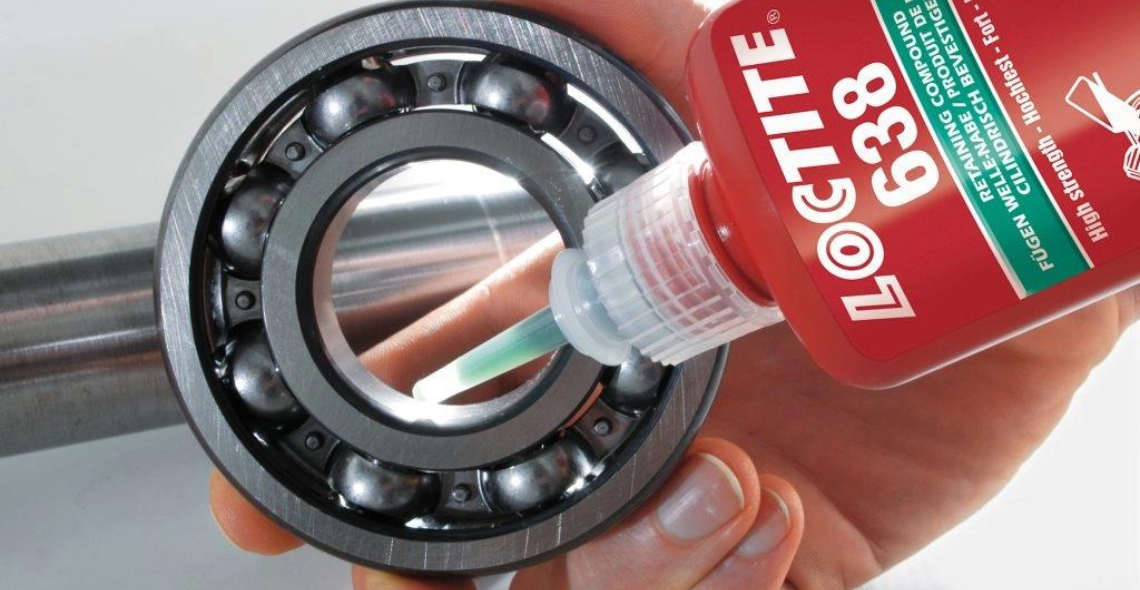Why Use Retaining Compounds
Published date: 10 March 2021

As a form of anaerobic adhesive, retaining compounds are important for the precision assembly of press-and slip-fitting components, as well as any component used in high-vibration systems under difficult environmental conditions.
Capable of filling spaces between individual components, they cure the formation of a strong bond and enable the transmission of high loads without the need for air. This means that sealed components and system designs can still achieve high strength and temperature tolerance over a range of substrates.
Used in a wide variety of mechanical parts, as well as for bearings, shafts and cylinder liners, retaining compounds are most widely found in the automotive and heavy machinery industries. However, they may also be used in any industry where metal-to-metal adhesion is needed for moving parts. In addition, retaining compounds help manufacturers prevent excessive machining of a wide variety of mechanical components during MRO.
There are a variety of reasons why electrically high strength products can be preferred over other bonding and adhesion methods, and the advantages are apparent.
In reality, any sort of component which is under stress, which has a limited adhesion area and which is located within the moving machinery, may benefit from the retention compounds. In addition, any part at risk of corrosion will benefit from these materials in order to minimise wear and possible loss during service.
For a bit more visual presentation please watch this video below:
Types of Retaining Compounds
As with most glues, solders and adhesives, a variety of different types of retaining compounds are currently available. They perform different roles in different industries. Loctite provides manufacturers with retaining compounds designed for special applications, providing features such as:
- High strength
- High temperature resistance
- Fast cure speeds
- Superior gap filling
- Low viscosity
- Fluorescent formula
Retaining Compounds vs. Threadlockers
In most situations, manufacturers questioning if they can opt for retaining compounds vs. threadlockers must specify their particular application and substrate. Retaining compounds are of higher strength and are specifically formulated for bonding elements. This is in contrast to threadlockers that are normally designed to avoid leakage, loosening and corrosion of threaded fasteners. Choosing the correct form of adhesive is critical for automotive and heavy machinery applications and, where high strength bonding is needed, retaining compounds are usually the right option.
For more details on individual items or the product selection, contact us today to discuss your application.




Comments
There are currently no comments, be the first to comment.